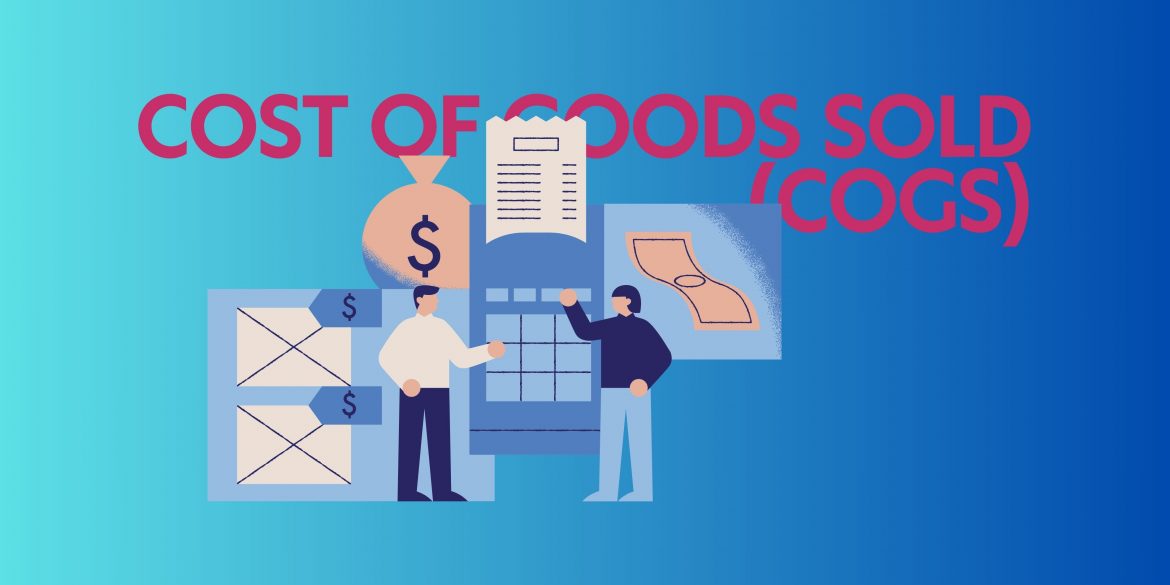Cost of Goods Sold (COGS) is a critical metric for businesses, especially in retail and manufacturing. It reflects the direct expenses tied to producing or acquiring the goods a company sells during a specific period.
Understanding the Basics of Cost of Goods Sold
COGS includes the direct costs of manufacturing or purchasing products, such as:
- Raw materials
- Direct labor involved in production
- Shipping or freight costs for inventory
- Warehousing and storage fees
It does not include indirect expenses such as distribution, marketing, or administrative costs.
Why COGS Matters to Your Business
Monitoring your COGS helps determine:
- Gross profit and profit margin
- Product pricing strategies
- Inventory management efficiency
- Overall business health and sustainability
Cost of Goods Sold Formula
The standard formula for calculating COGS is:
COGS = Beginning Inventory + Purchases During the Period − Ending Inventory
Example:
Suppose your business starts the month with $10,000 in inventory, purchases another $5,000 worth of goods, and ends the month with $4,000 in inventory. Your COGS would be:
COGS = $10,000 + $5,000 − $4,000 = $11,000
Impact of COGS on Financial Statements
COGS is recorded on the income statement and directly affects your gross income. A lower COGS can lead to higher profit margins, while a higher Cost of Goods Sold may indicate inefficiencies in your supply chain or production process.
How to Optimize Your COGS
To manage and improve your COGS, consider the following strategies:
- Negotiate better deals with suppliers
- Automate inventory tracking
- Reduce waste in production
- Streamline logistics and warehousing
View more on Name Articles: https://namearticles.com/
Learn how our digital growth solutions support long-term strategies at Webie Digital.




